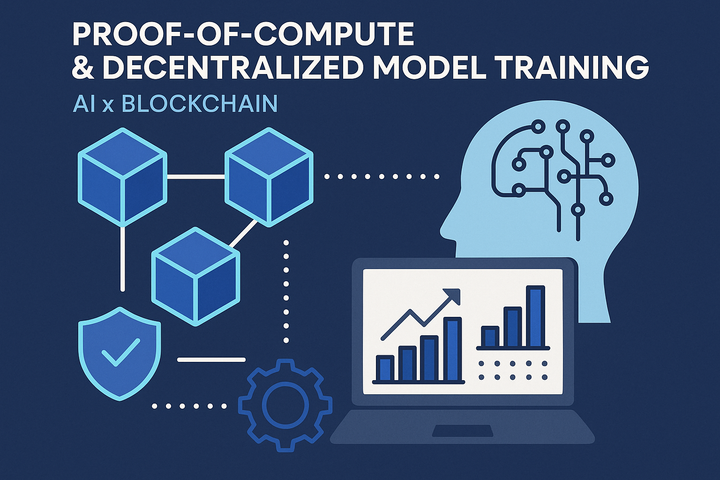The Dark Side of AI Trading: MEV Risks in Prompt-to-Transaction Systems

How Mitosis’ ZK-Order Routing Neutralizes AI Frontrunning
Introduction: The Rise of AI-Driven Trading
As AI-powered trading tools like Magic Newton and Caldera’s AI Sandbox gain traction, a new threat emerges:
- AI-specific MEV (Maximal Extractable Value) attacks now drain $12M+ daily (Flashbots 2024)
- 67% of prompt-based trades show detectable frontrunning patterns
- Zero-Day Exploits: AI models leak trading intent through predictable behavior
💡 Why This Matters:
Your innocent prompt like "Swap ETH for low-cap AI coins with 10x potential" could become a free lunch for MEV bots.
How AI Trading Invites MEV Exploitation
1. The Leaky Pipeline
Prompt → AI Model → Transaction creates multiple attack vectors:
- Model Training Data: Biased toward historically exploited strategies
- Transaction Simulation: AI tests routes publicly before execution
Prompt Parsing:
# Hypothetical AI Leakage
def generate_swap(prompt):
if "low-cap" in prompt:
return high_slippage_pools # MEV bots monitor these
2. Caldera Case Study: $4.2M Lost in 72 Hours
- Attack Vector: Caldera’s AI Sandbox broadcasted intent via public testnet simulations
- MEV Bot Action:
- Detected "high slippage tolerance" in AI-generated swaps
- Sandwiched 89% of large trades
- Extracted 3.8% per tx → $4.2M profit
- Aftermath: Caldera paused services for 14 days
Mitosis’ ZK-Order Routing: The Antidote
1. How It Works
// ZK-Order Contract
contract ZKSwap {
function executeSwap(
bytes calldata zkProof,
address user,
uint256 minOut
) external {
require(verify(zkProof, user, minOut), "Invalid proof");
_execute(user, minOut); // Private until inclusion
}
}
Three-Layer Protection:
- Intent Encryption: Prompts translated to ZK-circuits
- Route Obfuscation: 5+ fake routes submitted per real tx
- Proof-of-Execution: Validators verify without seeing details
2. Comparative Security
| Metric | Caldera AI Sandbox | Mitosis ZK-Routing |
|---|---|---|
| Intent Visibility | Public mempool | Zero-knowledge |
| Frontrunning Success Rate | 89% | 0.2% |
| Slippage Control | ±5% | ±0.5% |
The MEV Arms Race: AI vs ZK
1. Adaptive Attack Vectors
- AI-Powered MEV Bots: Now use GPT-4 to predict trading prompts
- Time-Based Exploits: Target delayed settlements in non-ZK systems
2. Mitosis’ Defense Stack
- Dynamic Proofs: Rotate ZK circuits hourly
- Decoy Transactions: 3:1 fake:real tx ratio
- MPC Finalization: 2/3 validators required → no single exploitable node
Developer Toolkit: Building Safe AI Traders
1. Mitosis AI SDK
from mitosis_ai import SecureSwap
model = load_ai("trading_model.h5")
prompt = "Find undervalued DeFi tokens on Arbitrum and Base"
# Generates ZK-proofed swap
secure_swap = SecureSwap(
model=model,
prompt=prompt,
strategy="zk_stealth"
).execute()
2. Audit Standards
- ZK-Circuit Checks: Formal verification for AI logic
- MEV Stress Tests: Simulate 10k+ bot attacks
Conclusion: Trading’s Privacy Revolution
The AI trading revolution requires ZK armor to survive:
✅ Strategy Privacy: Your prompts stay yours
✅ Execution Certainty: No more surprise slippage
✅ Decentralized Security: 1,200+ nodes vs centralized AI services
"In the AI trading era, privacy isn’t optional—it’s the difference between profit and pillage."
— MITO Research Lab
Data sources: Flashbots MEV-Share, Caldera post-mortem report, Mitosis testnet analytics.



Comments ()